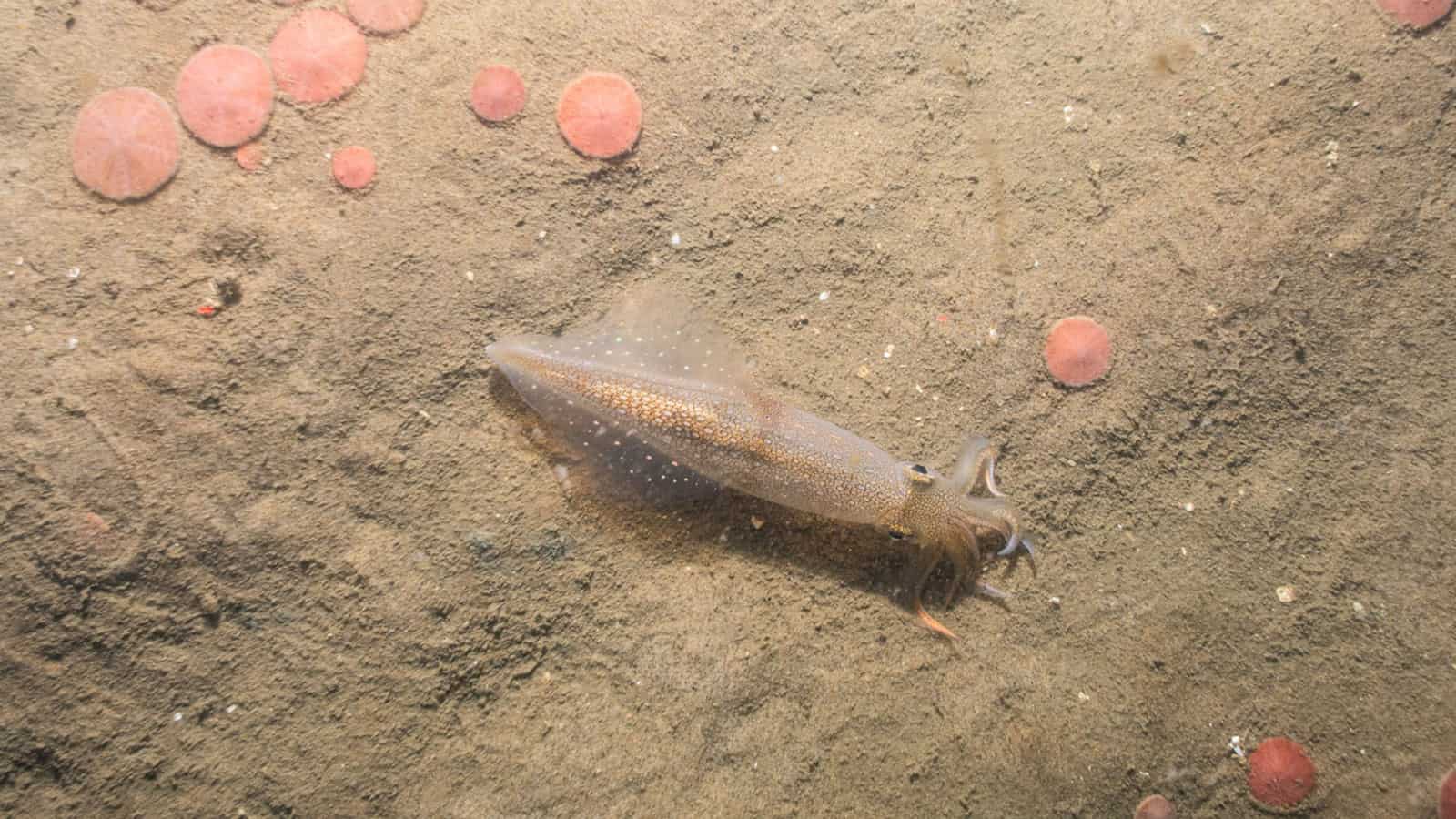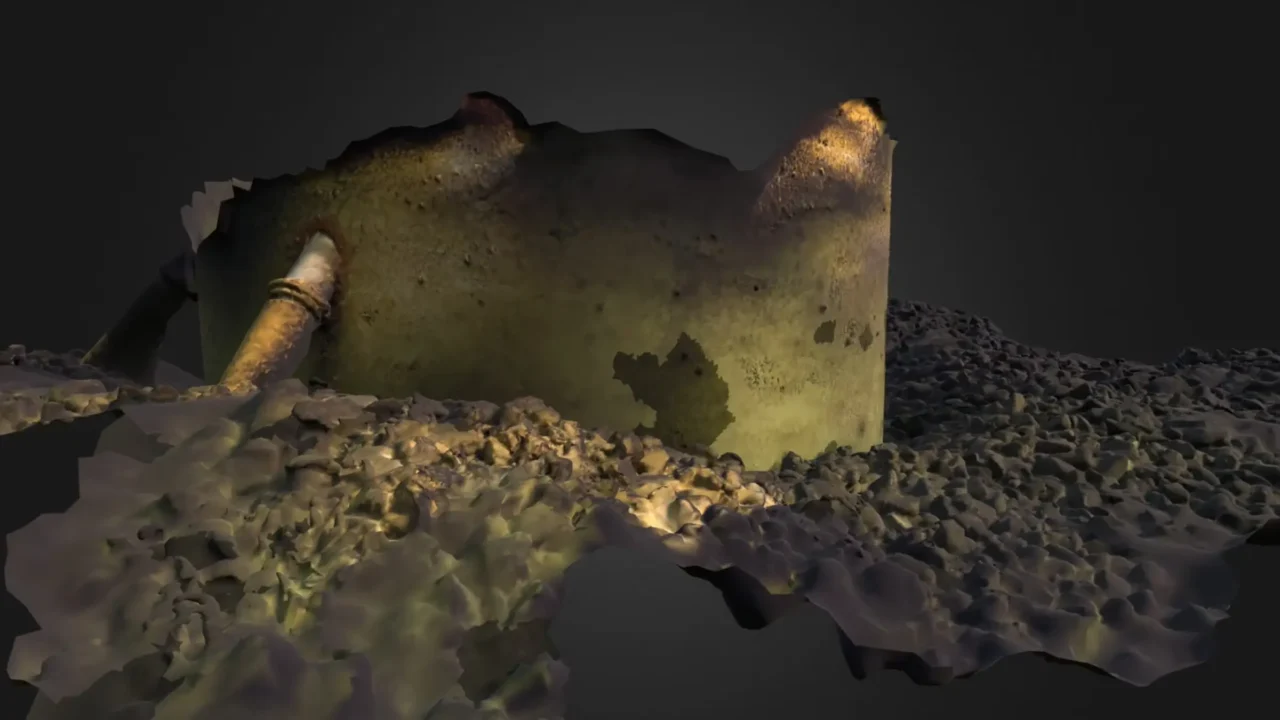Environmental DNA (eDNA) Studies
Fish and invertebrates shed their DNA into the surrounding water in the form of scales, tissue, eggs, metabolic waste and other biological residue. Because this DNA persists in the environment for only a short period of time and is unique to each species, detection of Environmental DNA (eDNA) Studies identifies the species that were present when water samples were collected.

Monitoring studies that incorporate eDNA analyses provide an enhanced evaluation of the biological resources within a study area.
eDNA monitoring is non-extractive and does not stress or kill the species identified. Collecting water samples does not damage benthic habitat or entail vertical lines that pose an entanglement risk for marine mammals. Water samples can be taken in areas with complex benthic habitat that may be difficult to sample with standard methods, thus cryptic species that may not be reliably sampled with other gear can be identified.
Inspire partners with multiple eDNA researchers to pair eDNA sampling with other monitoring methods, such as BRUV and trawl surveys. These studies provide an opportunity to gain a more complete understanding of fisheries relative abundance, community composition, shifts in species distributions, and the occurrence of invasive species.
Advantages of pairing eDNA with other monitoring methods
Cryptic and rare species contribute to community dynamics and are more reliably sampled using eDNA methods.
Standard sampling methods may not capture very small or very large individuals that are detected using eDNA monitoring.
Pairing eDNA with other monitoring methods provides a more complete characterization of community dynamics.
The non-extractive, eDNA approach provides relevant information consistent with results obtained from standard monitoring methods.
Cost savings occur in many facets of the monitoring program including reduced time spent sampling, relatively inexpensive water bottles and filters, and reduced labor costs.
Pairing eDNA sampling with another monitoring method to ground-truth results improves assessments of community composition.

The Nature Conservancy Webinar: Understanding Interactions Between Fish, Fish Habitat & Offshore Wind, featuring Dr. Annie Murphy, INSPIRE Environmental
Other Services
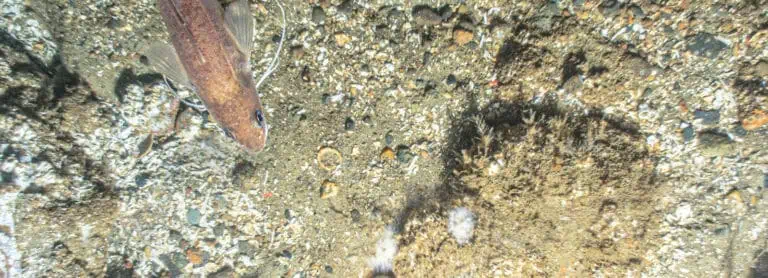
Essential Fish Habitat (EFH) Assessments
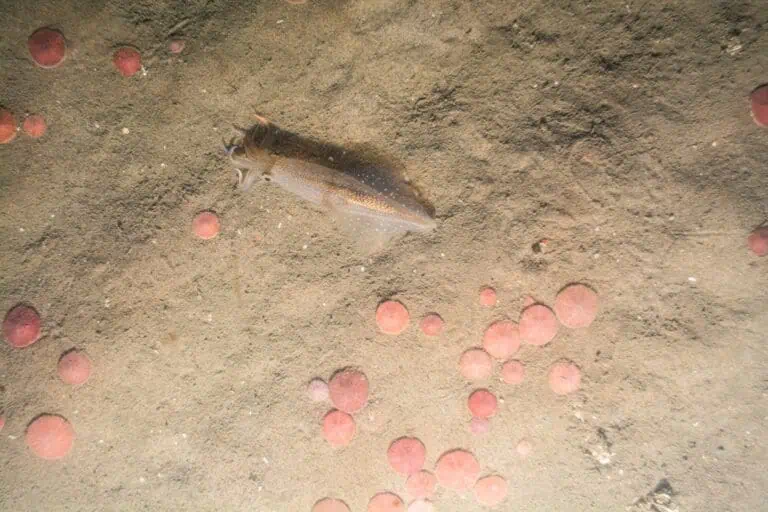
Fisheries Monitoring Plans

Acoustic Telemetry

Trawl Surveys

Trap and Fish Pot Surveys
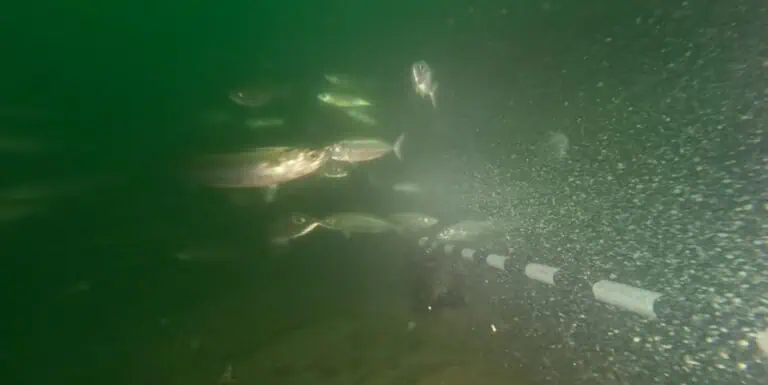
Baited Remote Under Water Video (BRUV) and Plan View (PV) Surveys

Fisheries Outreach

Towed Video Surveys
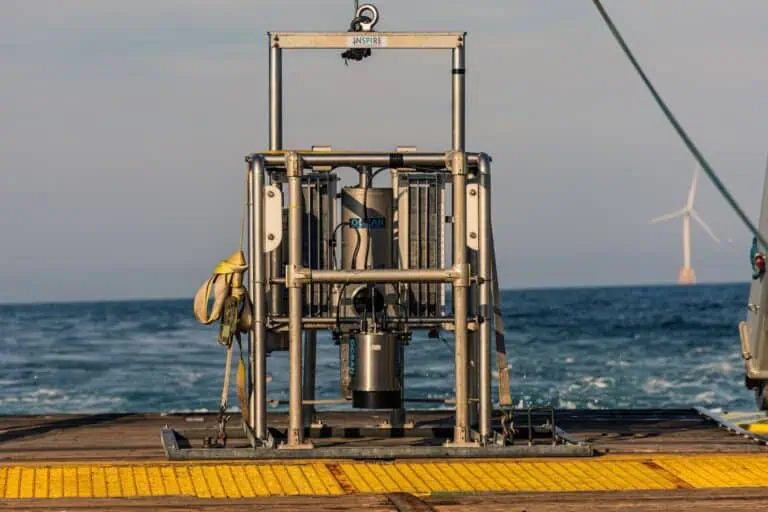
Sediment Profile Imaging/Plan View (SPI/PV) Surveys

ROVs, High Resolution Video & 3D Photogrammetry

Submerged Aquatic Vegetation Surveys

